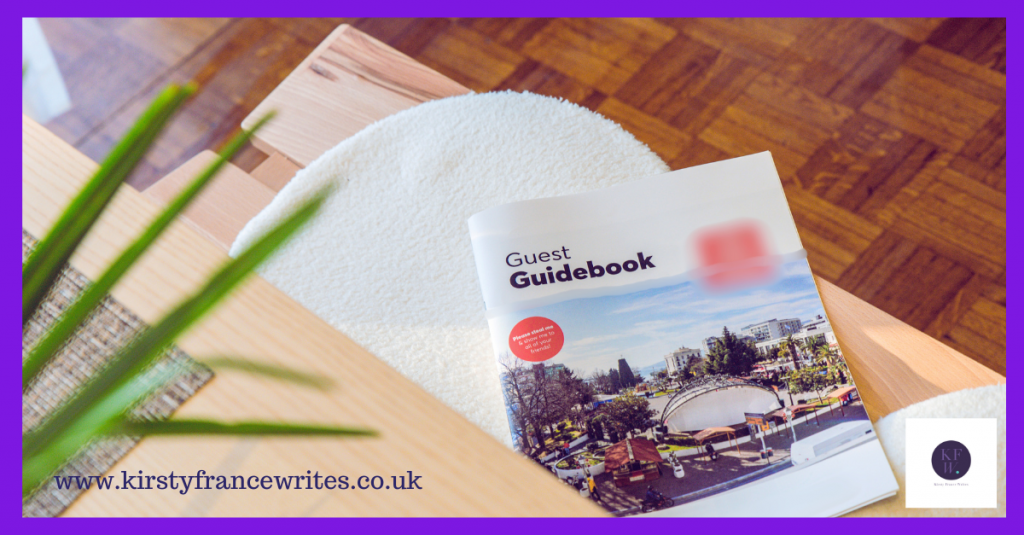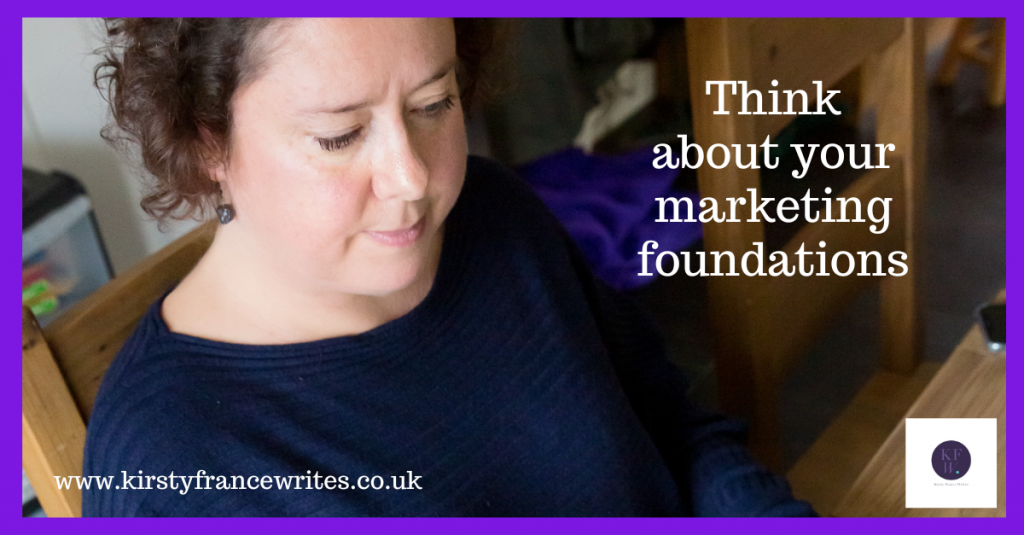
I celebrated nine years in business at the beginning of 2025, and I’ve got a big birthday later in the year, so I’m in a reflective mood. It’s helped me realise how much I’ve learned, so I’ve decided to share. Here’s what self-employment has taught me so far.
Get it in writing
I used to be a lawyer, so you’d think that contracts would have been at the front of my mind when I started my business. Nope. I usually had an agreement set out in emails about how much the work would cost, what my quote covered and what I’d need from the client. However, agreements can be surprisingly slippery if you don’t include all the details.
This came back to bite me early on when a client piled on extra work (including tasks he’d told me other people would do) and expected it all to be covered. I ended up refunding some of my fee because I didn’t have everything in writing.
Block out your time
Self-employment has taught me that taking too much on is very easy. For years, I had far too many conversations just before the summer holidays, which concluded with me offering to work with someone in September. Then September arrived, and I realised I’d completely overcommitted myself.
Now, I block out every task in my calendar. I use Google because I can add to it wherever I am. It lets me be realistic about how much I can achieve in a week, so I don’t try to shoehorn an extra task in when there isn’t room.
Get into conversations
Have you ever heard the story of the person who turned up at a networking event, handed everyone their card, and left? It’s achieved urban myth status, but I’ve spoken to people who’ve experienced it first-hand. The idea of networking can be intimidating, but it’s really just a series of conversations.
I’ve learned to talk about my business, ask others about theirs, and just get to know them. It’s far less pressured than going in thinking you must make a sale. Even if you don’t work together, the people in your network can also be your ambassadors, recommending you when you’re not in the room.
Set boundaries
Boundaries are tricky beasts because you often don’t realise you have one until someone tries to cross it. They’re also highly personal. What works for you depends on your approach to life, family circumstances and how you want to work. I have some work boundaries, like not doing client work on Fridays or going to evening networking events. It’s worth thinking about what your boundaries are and how you’ll react when someone tries to cross one. (That could be as simple as saying, “I’m not available after 3 pm” when you schedule a meeting.)
Your boundaries will be unique to you, but you might need some help exploring what they are. Which brings me to…
Find a good coach
If there’s one huge lesson self-employment has taught me, it’s that a good coach is worth the investment. I’ve worked with a few coaches over the years. The good ones helped me talk through my challenges and asked the right questions so I could find the answer myself rather than spoon-feeding me. The right coach will help you work out what’s right for you rather than telling you to do what works for them.
If you’ve never worked with a coach, I can’t recommend it enough.
Ready for a chat?
If you’re newly self-employed, I hope this helps. If you’re not and have some lessons to share, please leave a comment!
Finally, if you like my style and want to find out whether I could be the right copywriter for you, let’s have a chat. When you work with me, I’ll get to know you and your business and write content that sounds like the best version of you and that your audience will love. Please email me to arrange a chat or book a Zoom call to find out more.
Alternatively, sign up for my mailing list, and I’ll send you a free copy of my eBook with fifty (yes, 50) topic ideas for your marketing as a thank you.








